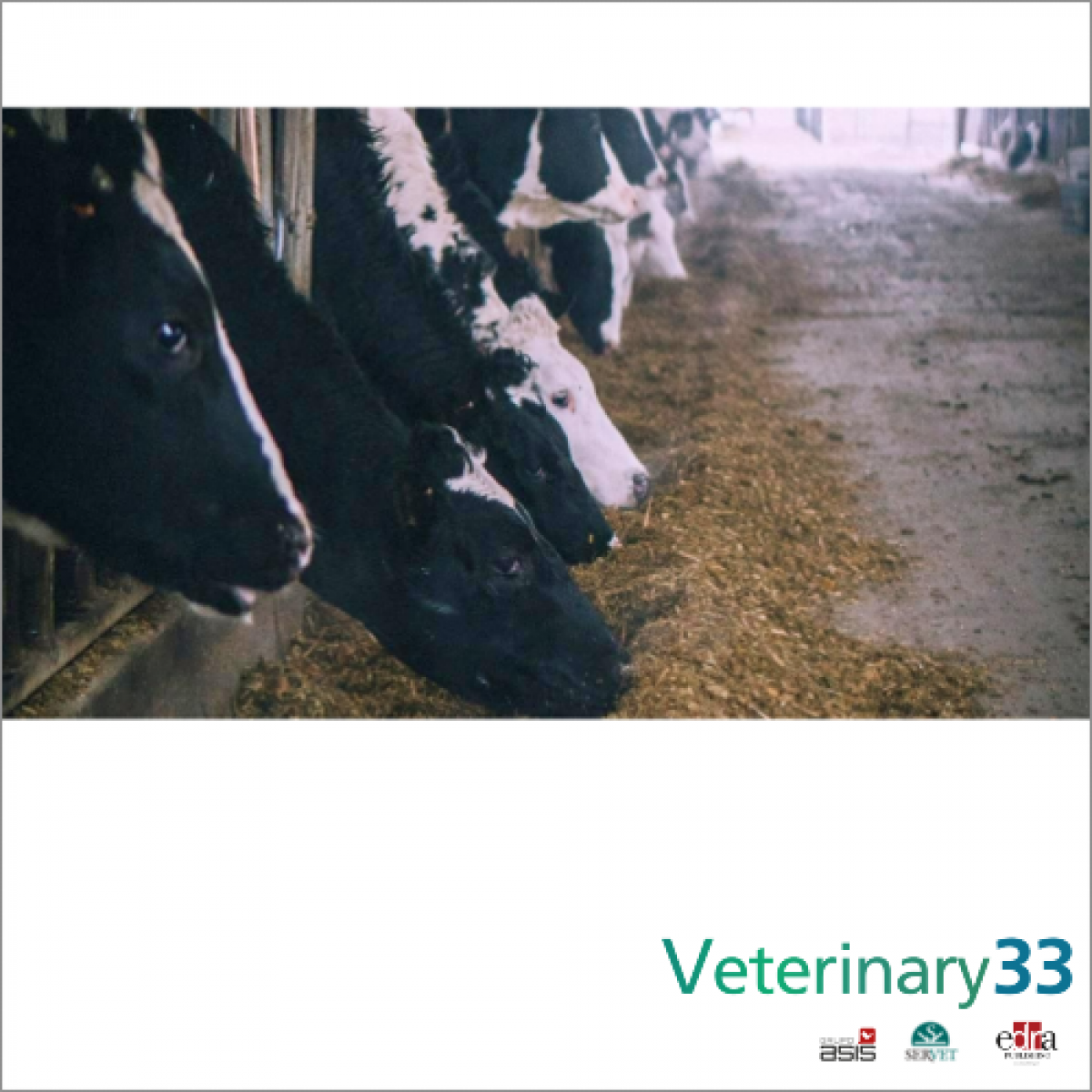Life expectancy tables for dogs, cats derived from clinical data
Human health metrics and life expectancy computations have been used for centuries. The first quantification of life expectancy was reported in England in the 19th century. Life expectancy tables have diverse uses for humans, which include monitoring the overall health status of populations over time, exploring health inequalities in socio-economic groups, and charting the progress of less developed nations. They are valuable for understanding the acute and long-term, direct and indirect effects of health conditions and medical interventions on survival.
Life expectancy data can be used to inform planning for healthcare provisions, economic policies, life insurance premiums and pension annuities.
Accurately calculating the life expectancy of dogs and cats would be of greatest interest in helping to understand the benefits of preventative care and the success of increasingly advanced medical interventions.
There are few recent and methodologically robust life expectancy (LE) tables for dogs or cats. This study aimed to generate LE tables for these species with clinical records from more than 1,000 Banfield Pet hospitals in the U.S.
Using Sullivan's method, LE tables were generated across survey years 2013-2019, by survey year, and for subpopulations defined by sex, adult body size group (purebred dogs only: toy, small, medium, large and giant), and median body condition score (BCS) over life. The deceased population for each survey year comprised animals with a recorded date of death in that year; survivors had no death date in that year and were confirmed living by a veterinary visit in a subsequent year.
The dataset totaled 13,292,929 unique dogs and 2,390,078 unique cats. LE at birth was 12.69 years (95% CI: 12.68-12.70) for all dogs, 12.71 years (12.67-12.76) for mixed-breed dogs, 11.18 years (11.16-11.20) for cats, and 11.12 (11.09-11.14) for mixed-breed cats.
LE at birth increased with decreasing dog size group and increasing survey year 2013 to 2018 for all dog size groups and cats. Female dogs and cats had significantly higher LE at birth than males: 12.76 years (12.75-12.77) vs. 12.63 years (12.62-12.64), and 11.68 years (11.65-11.71) vs. 10.72 years (10.68-10.75), respectively.
Obese dogs (BCS 5/5) had a significantly lower LE at birth [11.71 years (11.66-11.77)] than overweight dogs (BCS 4/5) [13.14 years (13.12-13.16)] and dogs with ideal BCS 3/5 [13.18 years (13.16-13.19)]. The LE at birth of cats with BCS 4/5 [13.67 years (13.62-13.71)] was significantly higher than cats with BCS 5/5 [12.56 years (12.45-12.66)] or BCS 3/5 [12.18 years (12.14-12.21)].
Summary
The authors said that to their knowledge, this is the first study to generate life expectancy tables for dogs and cats in the U.S. and the first study to present these by median BCS. Some of the main findings were expected based on direct and indirect evidence in the literature, namely:
- decreased life expectancy for the largest sizes of dogs compared to the smallest,
- increased life expectancy of female versus male dogs and cats,
- significantly lower life expectancy at all ages for underweight dogs and cats compared to those with an ideal, overweight or obese median BCS, and
- a progressive increase in LE at birth for both species between 2013 and 2018.
Unexpected findings included the relatively constant life expectancy of underweight cats at all ages, and the higher life expectancy of overweight cats compared with cats that were ideal median BCS. Further study is needed to elucidate apparently complex, interrelated and dynamic relationships between median BCS and life expectancy.
In conclusion, these LE tables provide valuable information for veterinarians and pet owners and a foundation for research hypotheses, as well as being a stepping-stone to disease associated LE tables.
Mathieu Montoya, et al. “Life expectancy tables for dogs and cats derived from clinical data.” Front Vet Sci. 2023 Feb 21; 10:1082102. doi: 10.3389/fvets.2023.1082102.



_02.jpg)










List
Add
Please enter a comment